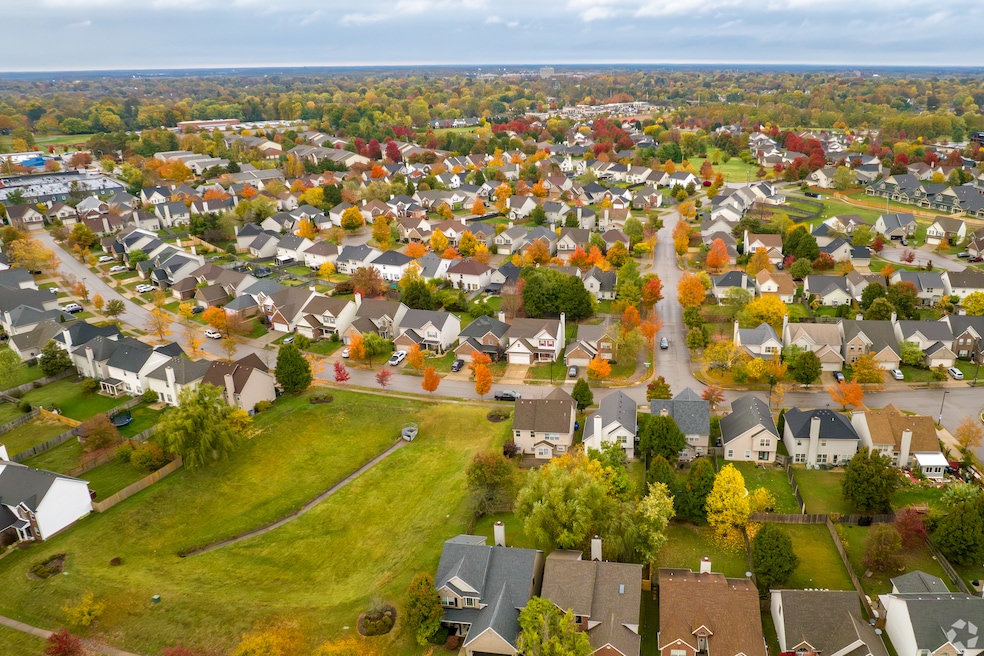Homebuyers appear to be responding to some degree to the gradual fall in mortgage rates, with sales of existing single-family houses and condos up 1.5% in September.
While consumers may be concerned about the economic situation, last month’s data is evidence of the power of mortgage rates to drive the housing market, National Association of Realtors Chief Economist Lawrence Yun said on Thursday. Sales reached their highest level in seven months, a seasonally adjusted annual rate of 4.06 million, according to the NAR. Sales were up 4.1% from the same month in 2024.
“Home sales actually rise even with job cuts happening, which implies that mortgage rates have a stronger influence than the job market,” he said, citing the 2008 Great Recession as an exception to the rule.
At the same time, the slight rise in sales last month was hardly a sign of a surge in the market, Yun said. Sales have remained close to the 4 million level for most of the past three years.
While mortgage rates and sales may have shown signs of improvement, Stephen Stanley, chief U.S. economist for Santander Bank, said many would-be buyers still feel shut out of the market.
"Affordability has improved from its worst levels but remains close to the unfavorable readings that have prevailed for the past few years," he said in a statement.
The current federal government shutdown is also “causing a little friction” in the home sales market, he said. The shutdown started on Oct. 1, so it isn’t reflected in September’s numbers.
The prevailing trend of increased activity at the luxury level continued in September, with a 20% rise in sales of houses priced at $1 million or above compared to the same period last year, versus a 10% increase for homes priced between $250,000 and $500,000.
Single-family homes accounted for the entire increase in sales, according to the NAR; condo sales remained flat.
Aside from mortgage rates, the number of homes for sale is an ongoing factor in the housing market’s health, Yun said. There was a 4.6-month supply of homes for sale in September, which is unchanged from August but up from 4.2 months a year ago.
Most regions of the U.S. experienced a sales increase in September, with the West up 5.5%, the Northeast up 2.1%, and the South up 1.6%. It was somewhat surprising that the Midwest saw a 2.1% decline in sales, Yun said, given that the region has been on the opposite trajectory in recent months.
On a year-to-year basis, the South’s sales rose 6.9%; the Northeast was up 4.3% and the Midwest 2.2%. The West experienced no change in the number of sales compared to the previous year.
The average days a house is on the market, from the date it’s listed until a buyer and seller enter into a contract, rose to 33 days in September. It was 28 days one year ago.
There has been a recent increase in sellers delisting their homes, Nancy Van den Houten, lead economist at Oxford Economics, said in a statement about the NAR’s data. But she said falling mortgage rates could lead some of those sellers to put their properties back on the market.
“We look for sales to move mostly sideways through early 2026, although the recent decline in mortgage rates lends some upside risk to our forecast,” she said.

